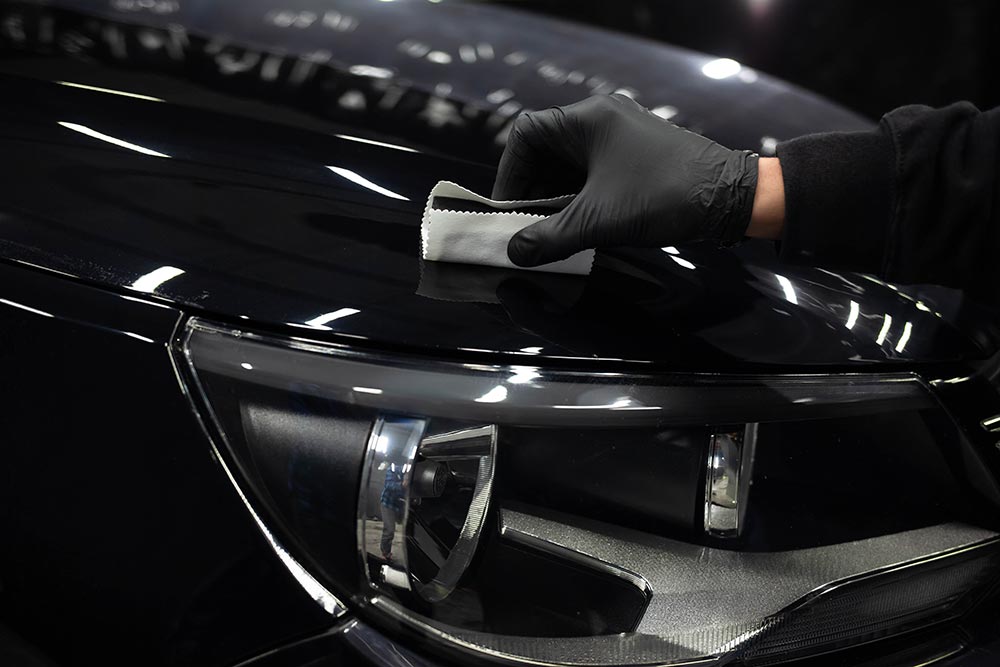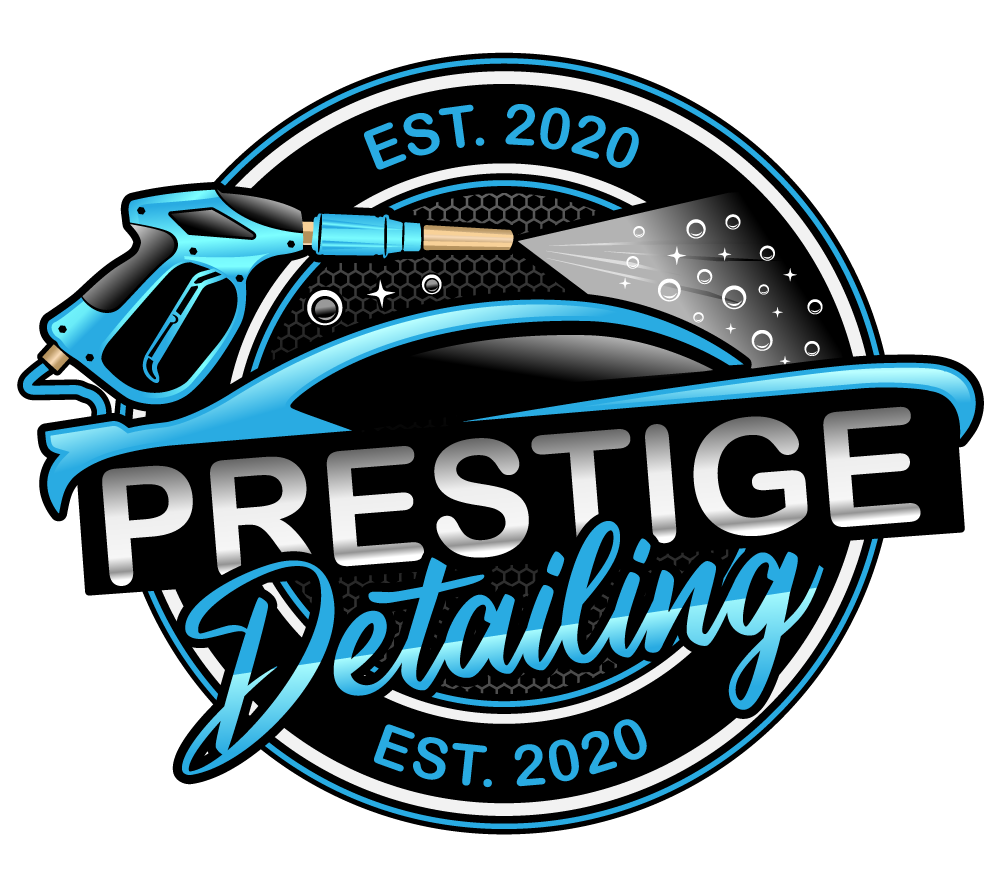Blog
Ceramic Coating vs. Wax: The Cost Comparison in Car Detailing

When it comes to preserving the glossy allure of your vehicle’s paint job, car enthusiasts often find themselves at a crossroads: Ceramic coating or traditional wax? Both options boast their own merits, but when it comes to cost-effectiveness, which one reigns supreme? Let’s dive into the comparison and uncover which option offers the best bang for your buck.
Ceramic Coating: The Modern Marvel
Ceramic coating has surged in popularity in recent years, and for good reason. This liquid polymer provides a semi-permanent layer of protection that bonds with the vehicle’s paint, creating a hydrophobic surface that repels water, dirt, and other contaminants. The result? A stunning, long-lasting shine that requires minimal maintenance.
In terms of cost, ceramic coating initially appears to be the pricier option. Professional-grade ceramic coatings typically range from $500 to $2000, depending on factors such as the size of the vehicle and the quality of the coating. Additionally, ceramic coating requires professional application due to its meticulous process, adding to the overall cost.
However, it’s essential to consider the long-term benefits of ceramic coating. Unlike wax, which needs to be reapplied every few months, ceramic coating can last up to two years or more with proper care. This longevity translates to savings over time, as you’ll spend less on maintenance and detailing products.
Moreover, ceramic coating offers superior protection against environmental hazards such as UV rays, oxidation, and chemical stains. By shielding the paint from these elements, ceramic coating helps preserve the vehicle’s resale value, potentially saving you money in the future.
Wax: The Time-Honored Tradition
Waxing has been a cornerstone of car detailing for decades, cherished for its ability to enhance shine and provide a protective barrier against the elements. Traditional carnauba wax, derived from the leaves of the Brazilian palm tree, offers a deep, warm glow that appeals to many car enthusiasts.
In terms of cost, wax initially appears to be the more affordable option. A quality carnauba wax can range from $20 to $50, and with proper application, it can provide several months of protection. Additionally, waxing can be done at home, eliminating the need for professional services and reducing overall expenses.
However, the cost-effectiveness of wax diminishes when considering its short lifespan. Unlike ceramic coating, which lasts for years, wax typically needs to be reapplied every two to three months to maintain optimal protection and shine. Over time, the cumulative cost of purchasing wax and spending time on frequent reapplications can add up.
Furthermore, wax offers limited protection compared to ceramic coating. While it provides a glossy finish and some defense against environmental elements, wax is more susceptible to wear and tear, requiring more frequent maintenance to uphold its efficacy.
The Verdict: Which is the Better Option in Terms of Cost?
In the battle of ceramic coating vs. wax, ceramic coating emerges as the clear winner in terms of long-term cost-effectiveness. Although it requires a higher upfront investment, the extended lifespan and superior protection offered by ceramic coating translate to significant savings over time. With fewer maintenance requirements and enhanced durability, ceramic coating proves to be a worthwhile investment for those looking to protect and beautify their vehicles for years to come.
However, for budget-conscious consumers or those who prefer DIY detailing, wax remains a viable option. While it may entail more frequent applications and provide less comprehensive protection, wax can still deliver a satisfying shine at a fraction of the cost of ceramic coating.
Ultimately, the choice between ceramic coating and wax depends on your priorities, budget, and commitment to vehicle maintenance. Whether you opt for the cutting-edge technology of ceramic coating or the time-honored tradition of wax, both options offer distinct advantages in the pursuit of automotive perfection.
